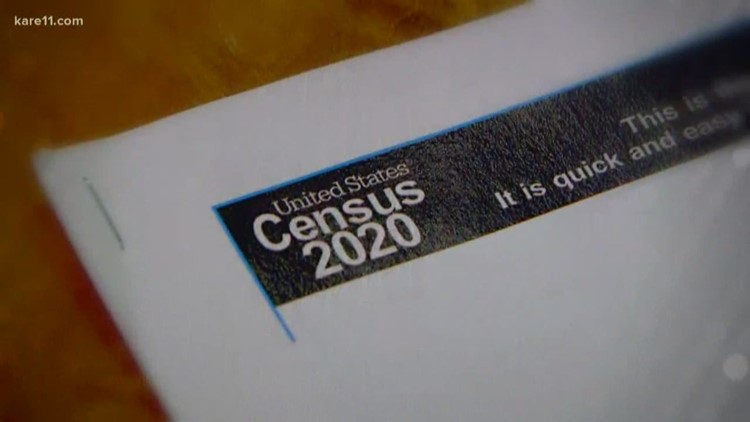Today is Census Day across America.
This is the date that the Census Bureau uses as a reference for its population count every ten years.
It is not a deadline for responding to the 2020 Census, however. In fact, the Census Bureau says you can complete your phone, mail, or online census response after April 1 as well.
"We use this day to determine who is counted and where in the 2020 Census," the Census Bureau writes on its website. "When you respond, you'll tell the Census Bureau where you live as of April 1, 2020, and include everyone who usually lives and sleeps in your home. You can respond before or after that date. We encourage you to respond as soon as you can."
Most Americans should have already received a notice in the mail inviting them to complete their census questionnaire. However, you don't need an invitation to complete the census. Go online to 2020census.gov and enter your address to begin filling out your information online.
The questionnaire asks how many people are living in your home on April 1, and asks for name, gender, and racial information for each member of your household.
The census does not ask for your social security number, political affiliation, financial information, or citizenship status. All census responses are kept confidential.
"The Census Bureau is bound by federal law to protect your information, and your data is used only for statistical purposes," the Census Bureau writes on its website.
Starting in late May, census takers are scheduled to begin making in-person visits to homes that haven't responded already. That counting process was extended from July to mid-August due to the coronavirus pandemic. Final population counts will be delivered to Congress and the President in December.
National population data is collected by the census every ten years, as mandated by the U.S. Constitution. That data is then used in a number of ways, including adjusting or redrawing Congressional districts in each state, depending on population changes. This also can affect the number of electoral votes for each state during presidential elections.
Census data also determines how billions of dollars in federal funding is allocated to states. Businesses also use the data to study population trends and make decisions and projections for their own products, services, and operations.



